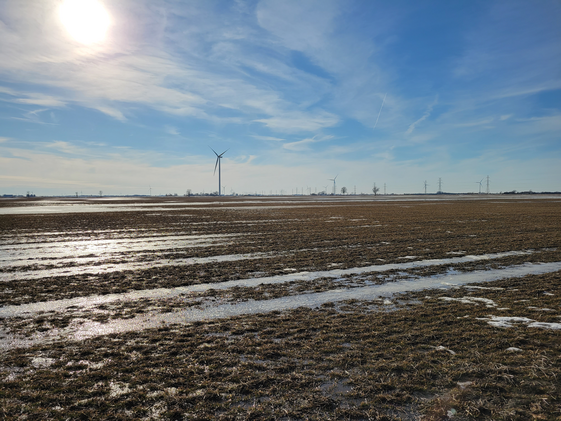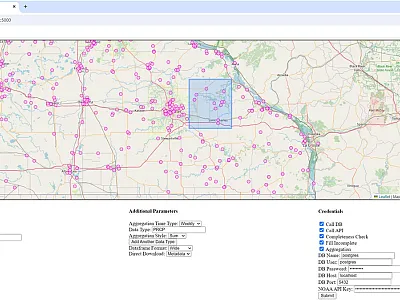Nutrient Loss Trade-Offs Between Conventional and No-Till Systems

Nutrient losses through assisted “tile” drains from agricultural fields contribute to algal blooms in surface waters globally. No‐till is a practice that can reduce particulate phosphorus (PP) losses from fields, but this can increase dissolved reactive phosphorus (DRP) losses in tile drainage. It is unclear if cover (“catch”) crops can offset some of these issues.
Researchers investigated tile drain discharge from a conservation‐till field along Lake Erie in Ontario (considered conventional for the region) and an adjacent no‐till field incorporating cover crops. They compared seasonal and annual water yields and concentrations and losses of phosphorus and nitrogen between the two site types and tracked soil fertility and management activity for four years.
The researchers found that while water losses from the systems were similar, losses of sediments, PP, and nitrate were greater from the conservation till site. Losses of DRP were greater from the no‐till, cover‐cropped site, offsetting the lower PP losses such that there was little difference in total phosphorus losses between sites, largely due to incidental losses following surface application of fertilizer. This study provides insight into trade‐offs in nutrient losses from tile drainage using different management systems.
Adapted from
Macrae, M. L., Plach, J. M., Carlow, R., Little, C., Jarvie, H. P., McKague, K., Pluer, W. T., & Joosse, P. (2023). Trade‐offs in nutrient and sediment losses in tile drainage from no‐till versus conventional conservation‐till cropping systems. Journal of Environmental Quality, 52, 1011–1023. https://doi.org/10.1002/jeq2.20502
Text © . The authors. CC BY-NC-ND 4.0. Except where otherwise noted, images are subject to copyright. Any reuse without express permission from the copyright owner is prohibited.







